I realised when looking at comments on my earlier post, https://womenofhistory.wordpress.com/2011/04/14/maligned-by-history/ that we really do pick out the negatives of the life of Marie Antoinette and exaggerate them greatly until we have a completely negative image. What does this mean? We ignore the positives. I can’t blame anyone- it’s so easy to become hypnotised by the propaganda. Well, here’s my account of the final eighteen months of the life of Queen Marie Antoinette and I hope it will show her in a positive and sympathetic light. It starts in the midst of the French Revolution…
On April 20th 1792 France declared war on Austria. Prussia allied with Austria. In June, the Jacobins begun to become more and more radical and started to favour the idea of a republic in France. This was dangerous for King Louis XVI, so he replaced his Jacobin ministers with more moderate Feuillants. On 20th June, a large crowd invaded the Tuileries and demanded the return of the Jacobin ministers. The king was forced to don a liberty cap and toast the health of the people. On July 25th, Austria and Prussia issued the Brunswick Manifesto, a document threatening to invade France if any harm should come to the royal family. It reached Paris on 28th July. On 29th, Robespierre called for the removal of the king. Between August 3rd and 10th, Parisians petition the Legislative Assembly to suspend the powers of the king, but they do nothing. On August 10th the Monarchy fell after Sans-culotte militants invaded and pillaged Tuileries, forcing the Legislative Assembly to suspend all royal power and place to royal family under the protection of the National Assembly. Under pressure from the Sans-culottes, on 11th August, the National Assembly voted to call the election of a National Convention by universal male suffrage to replace itself and write a new constitution. The Assembly authorised the arrest of all those suspected of being an enemy of the Revolution and banned all royalist newspapers. On 13th August the royal family were imprisoned in the Temple Tower. September 2nd to 6th saw the September Massacres. About 1500 people were taken from the prisons of Paris and executed. Amongst them was the best friend of Marie Antoinette. Princesse de Lamballe, whose head was paraded around the city. Marie Antoinette fainted on hearing the news of the death of one of her closest friends. On 20th, the French army defeated the Prussians at Valmy. The Legislative Assembly is dissolved and replaced by the by the National Convention. On 22nd, the abolition on the Monarchy was completed by the National Convention. France was now a republic and discussions for a new constitution began. On October 11th the National Convention appointed a largely Girondin committee to create the new constitution. On December 11th the Treason trial of Louis XVI begun. Ten days later the English House of Commons encouraged war with France to help protect Louis. But it was too late. By 17th January 1793 the French had found their king guilty of Treason and condemned him to death. He was allowed one last supper with his family when he urged his son not to seek vengeance. On 21st, the king was taken to the guillotine and was executed as a traitor to his own country. Thus, Marie Antoinette was restyled by the Convention as ‘Widow Capet’, as ’Capet’ was often mistook as the family name of the French Monarchy. At this time she refused to eat and her health was in rapid decline. In February and March there were riots in Paris, but not over the death of a king, but because of a desperate food shortage. On February 1st, France declared war on Great Britain and the Netherlands and on March 7th on Spain. Catholic and Royalist revolts began in western France. On March 10th, the Revolutionary Tribunal was created to try enemies of the Republic. On 21st surveillance committees were created to identify suspected enemies of the Revolution or traitors to the nation. In April Robespierre proposed a new version of the Declaration of the Rights of Man and of the Citizen which restricted property rights and established society’s duty to achieve the well-being of all citizens. On June 24th, the Convention approved this far more radical Constitution to be ratified by national referendum, but immediately suspended it for duration of national emergency and war and it is never put into effect. During this, the fate of Marie Antoinette herself was being decided. Some believed that her death was necessary, others that she should be exchanged for French prisoners of war or for a ransom from the Holy Roman Emperor. At the start of July, the Dauphin, Louis Charles, was ordered to be separated from the royal family. But when the commissioners came on the night of the 3rd, Marie Antoinette would not let them take her son, even after the commissioners threatened to kill her. It was only when, two hours later, that the guards threatened to kill her daughter, Marie-Thérèse, that she handed the child over. Then Louis Charles was put under the protection of Antoine Simon, a drunkard shoemaker, and was imprisoned on the floor below his mother and sister in the Temple Tower. Here he suffered beatings and torture and was forced to drink large quantities of alcohol. He was taught by Simon to curse royalty and the aristocracy and to blaspheme. He was frequently threatened with the guillotine which caused him to faint. He was told that he had fallen from his parents’ favour and that they did not want him, although they were both still alive. And Marie Antoinette, much to her dismay, could do nothing to help her son. On 13th, Charlotte Corday assassinated the Jacobin leader, Jean-Paul Marat. She was sent to the guillotine aged just twenty-four on 17th.
Things were going no better for Marie Antoinette. I think this quote pretty much sums her life up:
‘I was a queen, and you took away my crown; a wife, and you killed my husband; a mother, and you deprived me of my children. My blood alone remains: take it, but do not make me suffer long.’
On 2nd August 1793 Marie Antoinette was taken from her sister-in-law, Madame Elisabeth, and her daughter, Marie-Thérèse, to the Conciergerie Prison. She was a former Queen, yet she was still Prisoner No. 280. There were various attempts to rescue her from her prison, but Marie Antoinette refused them all. A journalist and Politian had promised readers the head of Antoinette.’ It seemed that events were turning that way. On 5th September, the Reign of Terror began with Robespierre declaring terror the ‘order of the day.’ It would claim an estimated 18500-40000 lives. France was becoming an ever more dangerous place to be. Marie Antoinette was finally tried by the Revolutionary Tribunal on 14th October. Unlike the king, who had been given time to prepare a defence, the queen was given less than a day to prepare for her trial. The whole event was a sham, probably intended to humiliate Marie Antoinette further. Most of the charges, if not all, were rumours and untrue. Amongst the charges were orchestrating orgies in Versailles, sending millions of livres of treasury money to Austria, plotting to kill the Duke of Orléans, incest with her son, declaring her son king and orchestrating the Diamond Necklace Affair and the massacre of the Swiss Guards in 1792. The charge of incest with her son is probably the most memorable. This was testified by Louis Charles himself after his training by Simon. In the trial, Marie Antoinette protested to the charge of incest emotionally, making a desperate appeal to the women of the audience who she felt would sympathise with her. She was right, and the same women who had stormed her palace in 1789 now supported her. Throughout the trial, she had remained composed, but when she was reminded of the charge of incest, she replied, ‘If I have not replied it is because Nature itself refuses to respond to such a charge laid against a mother.’ She had the female audience with her, but ironically, the jury was all male. Another point of the trial that Robespierre would be disgusted by was when the Marquis de La Tour du Pin de Gouvernet, was brought forward as a witness to the charges that Marie Antoinette had been involved in plans to end the Revolution by military means, the Marquis bowed low to the queen and continued to call her ‘Your Majesty’ or ‘Her Majesty’ despite the judges insisting she be called ‘Widow Capet.’ However, the outcome of the trial had been decided before it had even begun by the Committee of Public Safety. Marie Antoinette would never be found innocent. On 16th, she was found guilty of all charges and condemned to death, as her husband before her, by the infamous guillotine. As she was escorted back to her cell, the nuns in the Prison for adhering to their Catholic faith reached out their hands to her and begged her to pray for them when she entered Heaven. Lieutenant de Busne offered her a glass of water and his arm as she walked down the steep stairs, holding his hat as a sign of respect for the former Queen. In her cell again, she was given a candle, ink and paper, with these she wrote her final letter. This was to Madame Elisabeth, it started:
It is to you, Sister, that I am writing for the last time. I have just been sentenced to death, but not to a shameful one, since this death is only shameful to criminals, whereas I am going to rejoin your brother. Innocent like him, I hope to show the firmness which he showed during his last moments.
I am calm, as one may well be when one’s conscience
is clear, though deeply grieved at having to forsake my poor children. You know that I existed only for them and for you, my good and affectionate sister. You who, in the kindness of your heart, have sacrificed everything in order to be with us – in what a terrible position do I leave you!
The letter never reached Elisabeth. She also wrote a brief note in her prayer-book. It was 4:30am.
A seventeen year old called Rosalie Lamorlière had been assigned to wait on the Queen and had developed a deep affection for her mistress. It was now around 7am. Rosalie begged Marie Antoinette to eat the soup she had prepared. She accepted, seeing the logic of eating, but could only manage a small amount. To her there was no point in eating when her end was so near. She was told that she was forbidden to die in mourning, and that she could not wear black to the guillotine. She was still mourning her husband, and reminding the crowds of his fate would surely provoke some sympathy. Also, she had been suffering from what was possibly a uterine fibrora and had been bleeding excessively. Other than black, she had only a simple white cotton dress. She was certainly far away from her extravagant and expensive wardrobe for which she had been famed. When she wished to change her chemise, which had been stained with blood, the gendarme officer who had replaced Lieutenant de Busne as he had been arrested for showing too much respect, would not leave the room or even face the wall. So Marie Antoinette crouched in a corner of her cell with Rosalie doing her best to shield her. She probably would have found this extremely embarrassing, as she hated any violation of her privacy. With her cotton dress she wore a black petticoat and a bonnet adorned with black to show some respect to her dead husband and hoped that the black petticoat would be enough to hide the blood. The former Queen looked old beyond her thirty-seven years, the Revolution had aged her. At 10am, Marie Antoinette was found kneeling in prayer. The Court clerk and judges then entered and, as required by law, read her sentence. Then Sanson, the public executioner, entered and bound her hands behind her back and cut her hair. Some say that she made a small protest, as the king’s hands had not been tied until he reached the guillotine. But alas, the queen was not to receive the same respect as her husband. She was taken to the clerk’s office for the last formalities. At 11am, she left the Conciergerie and is taken to the front of the Courthouse leaving Rosalie sobbing and a single gold watch– a childhood present from her mother. Here, two horses pulling an open wooden cart awaited her. Louis had been taken to his death in a closed carriage. It was yet another blow to her dignity. She would be treated, not as the former queen that she was, but as a common criminal. However, the security is large, with 30000 men called to prevent any escape. She was handled roughly onto the cart. There a sworn priest (that is, a priest that had sworn alliance to the Constitution) accompanied her. Yet again, there was a cruel comparison to the execution of her husband, as Louis had a priest of his own choice. Her shame was displayed to the many crowds. As she had promised Elisabeth in her last letter, she refused the services of the priest and treated him as a stranger. Sanson and his helper also sat in the cart, holding their hats in respect for the woman who was once their queen. As she passed the people, some spat, cried out insults, laughs. But there was also a subtle, stunned silence. The extravagant queen had gone. There were no lavish feathers or jewels; just white. People remarked on how calm she seemed as she sat very straight in the cart, her face morphed into dignified acceptance. Others comment on an air of hatred and bitter insolence. As she passed the artist Jean-Jacques David made his famous sketch. It this, some saw an awful, ugly woman full of spite, others a heroic dignity. She would be as controversial in death as she had been in life. At about 12pm, the cart finally reached its destination of the Place de la Revolution, where the Tuileries Palace could be seen. At one point, it is said that she looked up at it and her eyes filled with tears and her lips quiver, but soon she was composed and calmly stepped from the cart and climbed the steps to the scaffold and the guillotine. As she stood looking up at the guillotine, the priest turned to her and said: ’This is the moment, Madame, to arm yourself with courage,’ to which she replied ’The moment when my ills are to end is not a time when courage is going to fail me.’ Walking to the guillotine, she stepped on Sanson’s foot accidentally, and thus spoke her last words, which can be translated as: ‘Pardon me Sir, I meant not to do it.’ She was then strapped into place and lowered under the blade. At 12:15pm on 16th October 1793, the blade fell. And so ended the life of one of the most remarkable women France had ever seen.
Her story really is one of true tragedy and irony. Her end still evokes me to shed a tear each time I remind myself of it. I know she is one of the most controversial women ever to have lived but I challenge you not to find just a little sympathy for her and a shudder and the true ignorance and cruelty that we can give to others. I think dear Marie is one whose legend will never die and will always be seen differently in the eyes of each beholder.
Here is the sketch. What are your opinions on it?






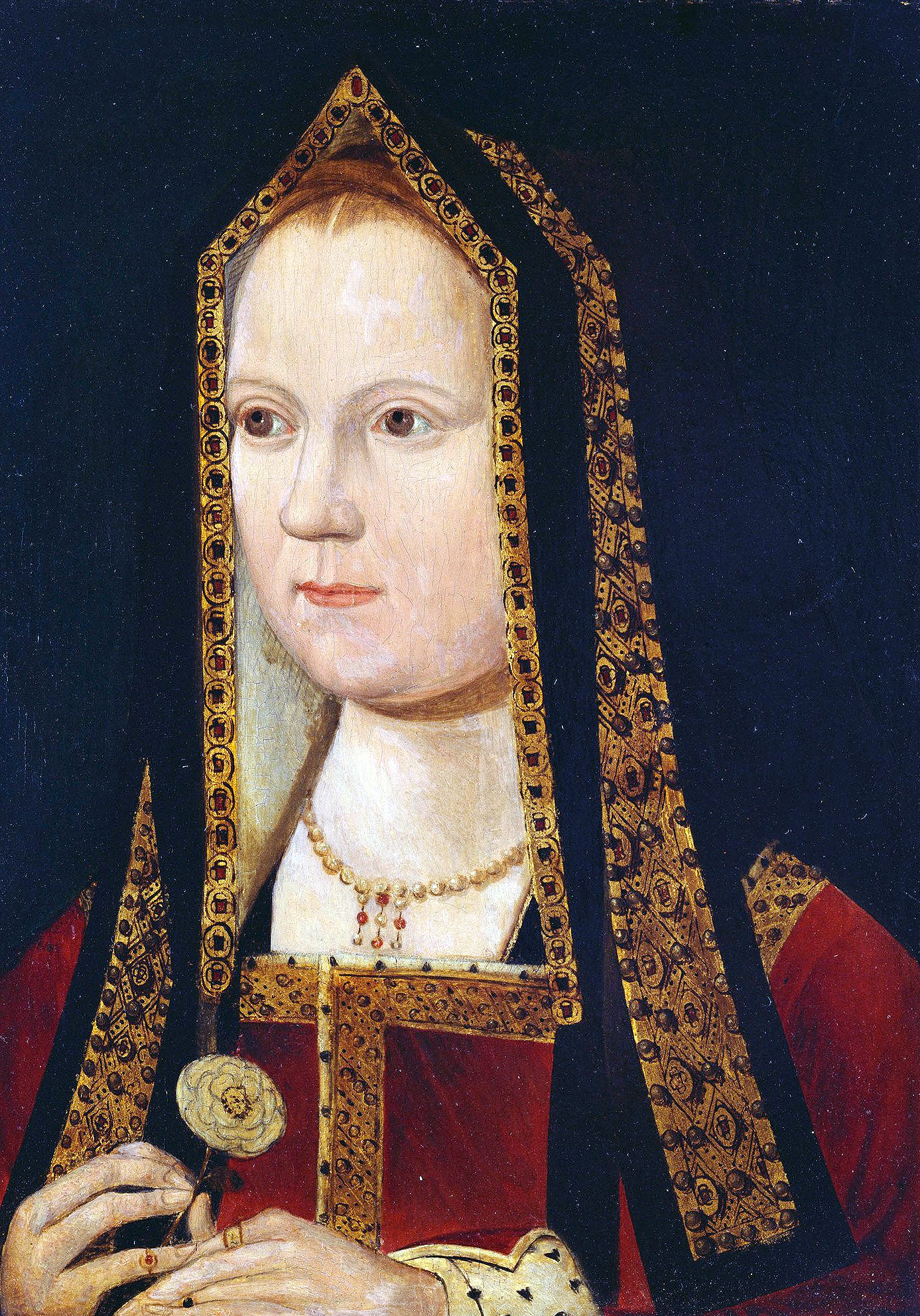

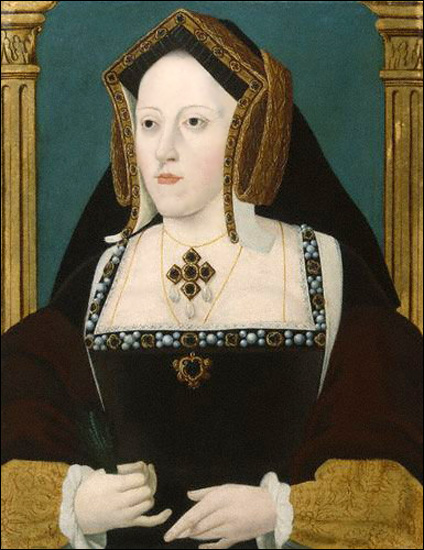
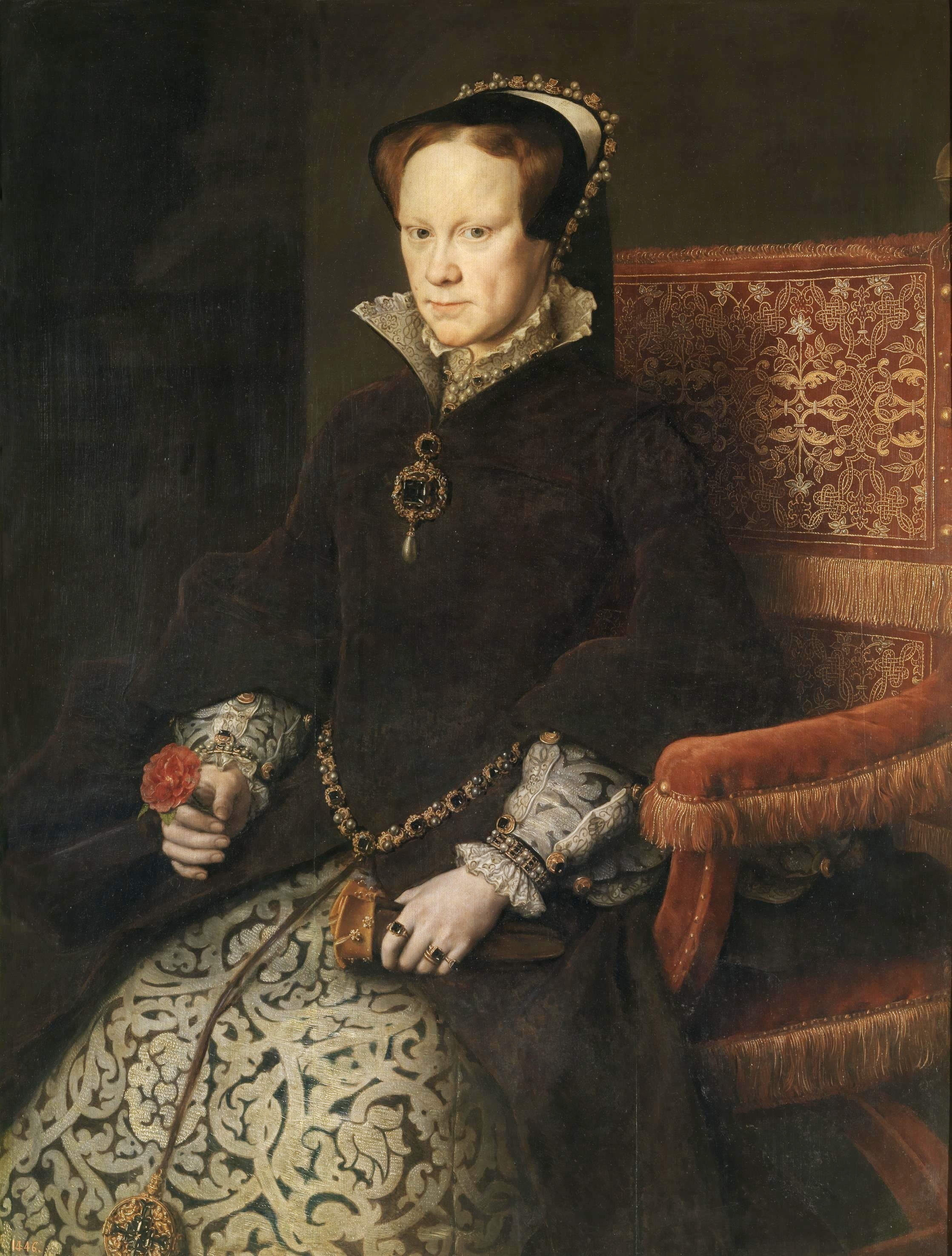
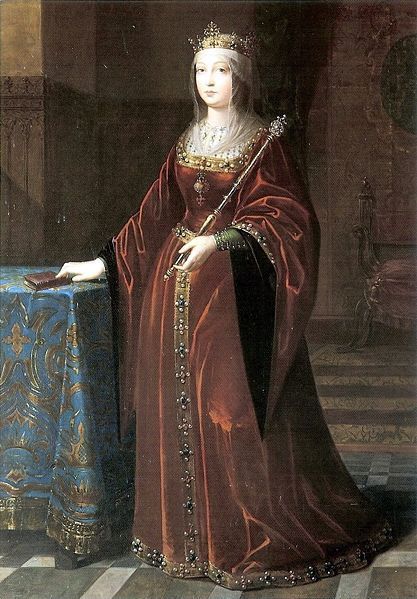
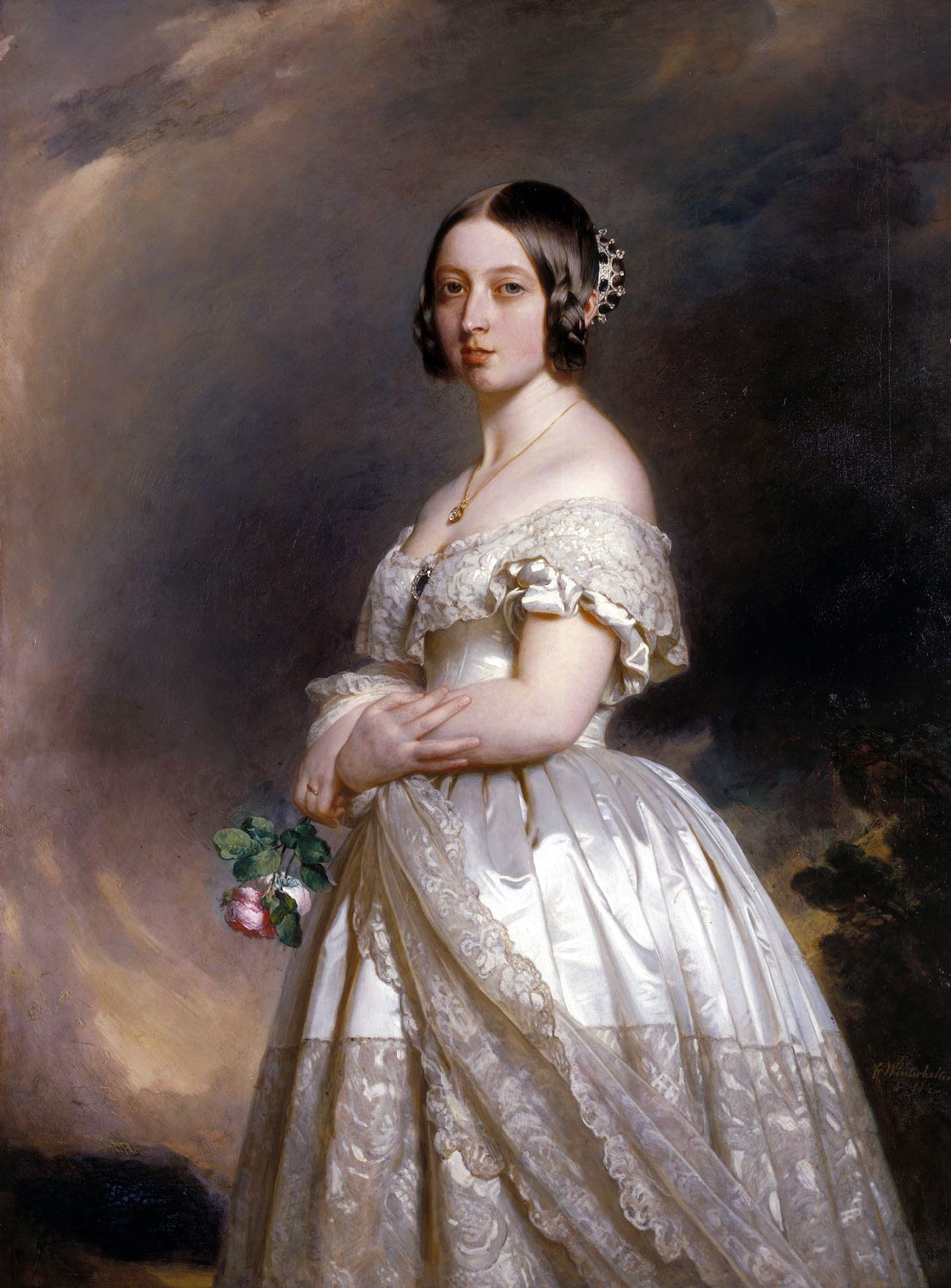
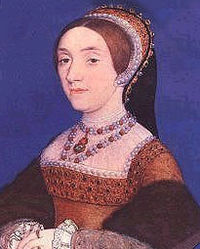
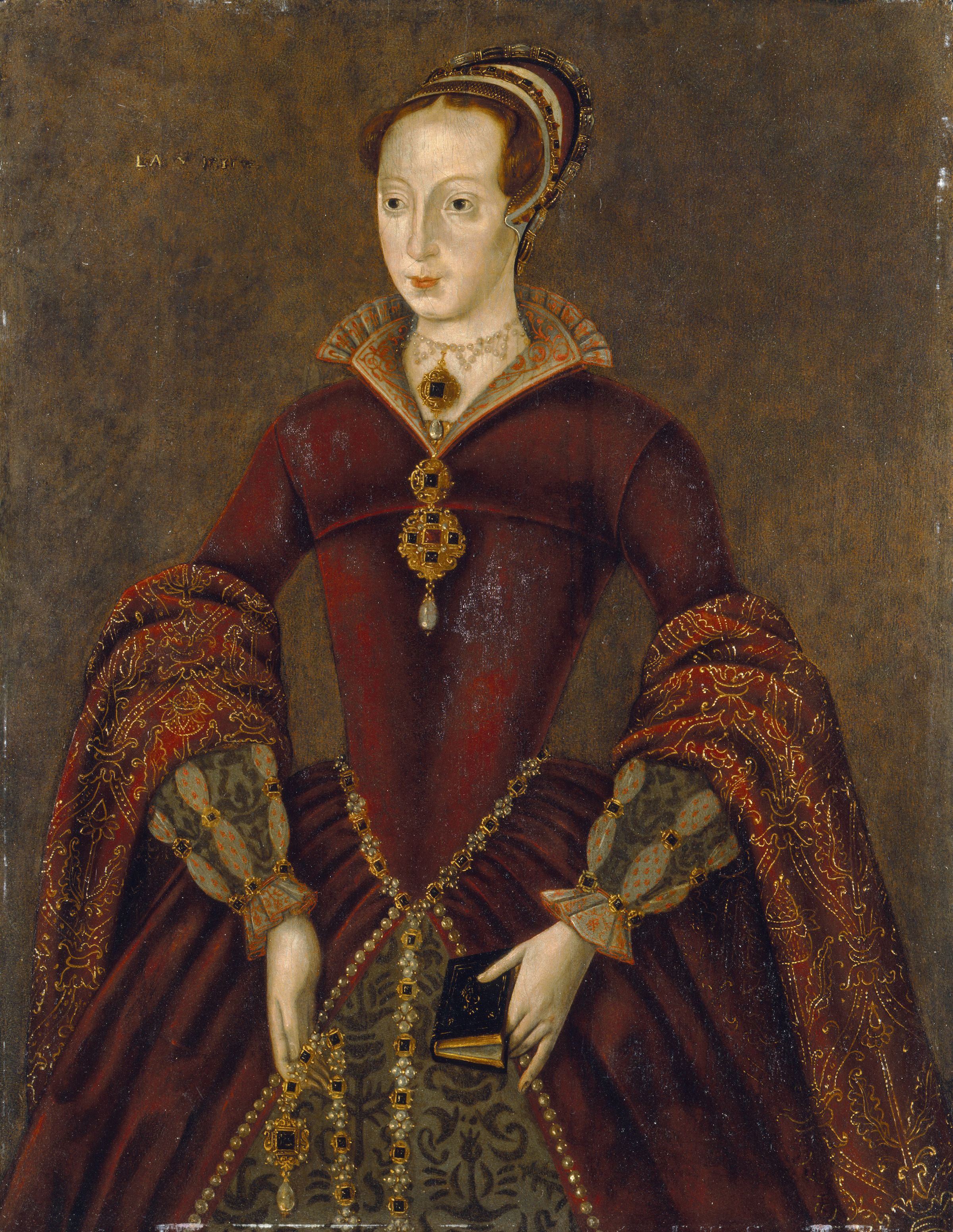

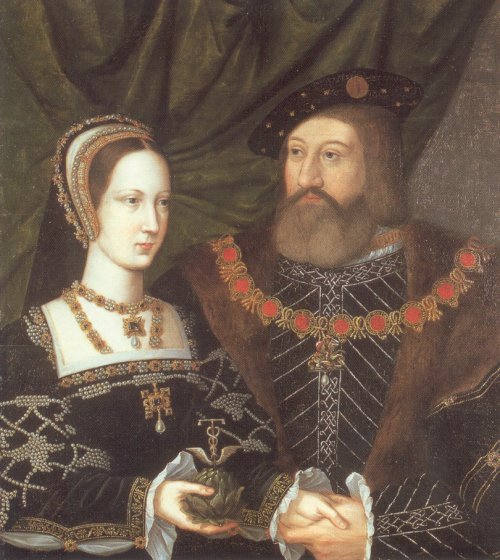





A very biased sketch which was reflected of the time it was taken in. The woman was murdered, as was her husband, friends, and eventually her son from cruel treatment. Marie and her husband were no more than the sacrifical lambs of one of the biggest lies in history, a very convienent scapegoat for the instigators of change during that era. Sad really.
i really apreciate the fact that you shed such a light on her. im am curently writeing a story on her and it seems that everywhere i look people are saying how awful she was, but i truely feel like she was just misunderstud
Pingback: The Demonising of Marie-Antoinette - EE Carter
The very need to compose this article to balance the scale is evidence that propaganda and lore take on a life of their own. Who needs the truth when there is popular opinion?
Queen Marie was certainly culpable of inconsiderations towards the peasant and working classes, at the very least. She was surely no Princess Diana, but even Diana was not well received by royalty given her domestic humanitarianism. For the sake of argument, Queen Marie was destined to be despised by some class.
Moreover, she was just a girl when she came to France to marry but a boy.
As a member of a democratic nation, one can see the absurdity of her very place in France. Is it not more apropos to find the European feudalist society culpable, and it’s citizens in their participation of it?
Perhaps, and likely, it would have been a situation in which the royals executed and imprisoned the masses for uprisings. After all, other European countries did unite in part to ensure the continuation of their own feudalist societies.
What we can say for sure is that Queen Marie suffered greatly in the end, as did her children. Inhumane treatment and torture of any kind should not be met with rationalization.
Let us recognize it for what it is; a revolution that was bound to happen with casualties on all sides.
I have read two wonderful books about Marie Antoniette and I am completely mesmerized by her graceful character. One book is called “To The Scaffold” by Carolly Erickson and the other one is “The Hidden Diary of Marie Antoinette” by the same author.
To my opinion she was just an innocent soul in the wrong place at the wrong time paying for the lavish mistakes Louis XIV made before her ascendancy to the throne. She was also just a child and became Queen at only 19. For all teenagers mothers can relate the frivolity and carefree lifestyle of our children. She knew nothing about her people starving and lived according to was was expected of her in the court. She had no idea where who was paying for her extravagant lifestyle. As she matured she was able to understand the treasury and was actively involved in political decisions in the desperate attempt to save her country. But by then it was too late.
I see her dignity depicted in that last sketch.